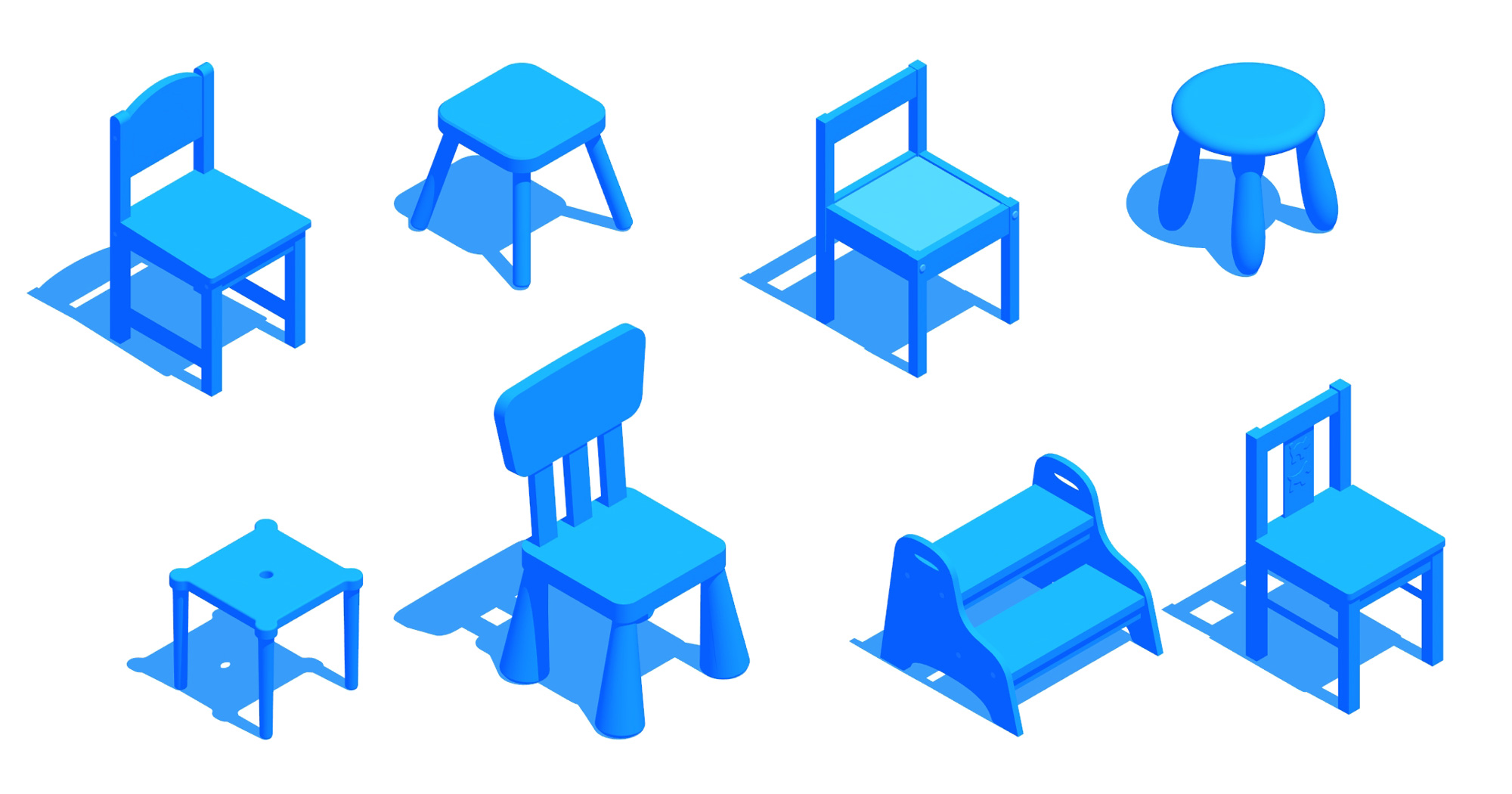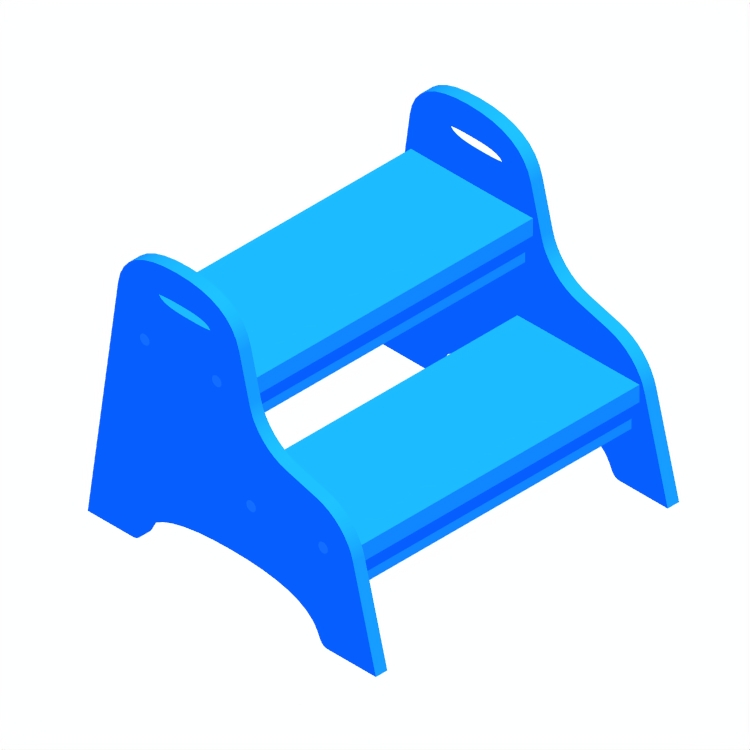
Children’s & Junior Chairs are smaller-scale seats designed to support comfort, safety, and independence for young users. They include a range of types—from simple wooden stools and plastic stacking chairs to adjustable study seats and playful, themed designs. Used for dining, studying, or creative activities, these chairs balance sturdiness with lightness, allowing children to move and handle them easily.
Found in homes, classrooms, daycare centers, and play spaces, they often feature rounded edges, stable bases, and easy-clean materials. Their proportions, colors, and textures encourage good posture and engagement, making them essential pieces that blend function, education, and imagination in daily life.
In early homes and schools, children often used scaled-down versions of adult chairs, crafted from wood and designed primarily for function. Over time, furniture makers began creating chairs specifically tailored to the comfort and scale of young users. By the 19th century, the idea of child-centered design led to lighter materials, curved forms, and safety-conscious construction.
The mid-20th century saw designers like Alvar Aalto and Charles Eames experiment with molded plywood and plastics, introducing bright colors and ergonomic shapes. These innovations made children’s chairs both educational and expressive, transforming them from miniature furniture into integral tools for learning and development.

In the years ahead, Children’s & Junior Chairs are evolving toward adaptability, sustainability, and sensory design. Contemporary examples use recycled plastics, bio-based materials, and modular components that grow with a child’s changing needs. Adjustable height systems, soft finishes, and flexible structures encourage active sitting and movement.
Designs now integrate playful forms, pastel tones, and natural textures to support calm, focused environments. Chairs such as ergonomic school seats and multi-use stools reflect the blending of learning and play. As homes and classrooms become more fluid, these chairs are transforming into adaptable companions that nurture creativity, comfort, and lifelong posture awareness.
When selecting a high chair, prioritize a sturdy, stable frame to prevent tipping. A secure safety harness, ideally a five-point harness, is crucial for keeping the baby safely seated. Look for chairs with a crotch post to prevent sliding out. Ensure the tray locks securely and edges are smooth to avoid injury. Finally, check for certified compliance with safety standards.
To ensure your baby's comfort in a high chair, select a model with adequate padding on the seat and backrest. Ensure the chair is roomy enough for the baby's size, with adjustable features like seat height and footrest for ergonomic support as they grow. The tray should be at a comfortable distance, neither too close nor too far, and easy to clean.
A child can typically use a high chair from about 6 months, when they begin to sit independently, until around 3 years old or until they reach the manufacturer's recommended weight limit, usually around 50 to 60 pounds (22.7 to 27.2 kilograms). Convertible high chairs, which transform into toddler seats, can extend this usage to approximately 5 years, accommodating the various stages of a child's growth.










